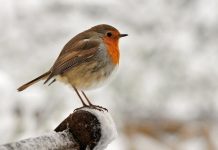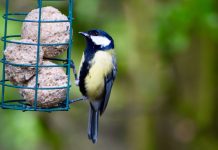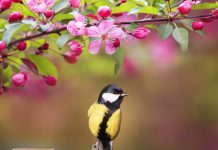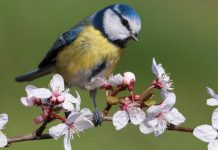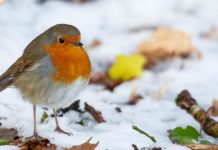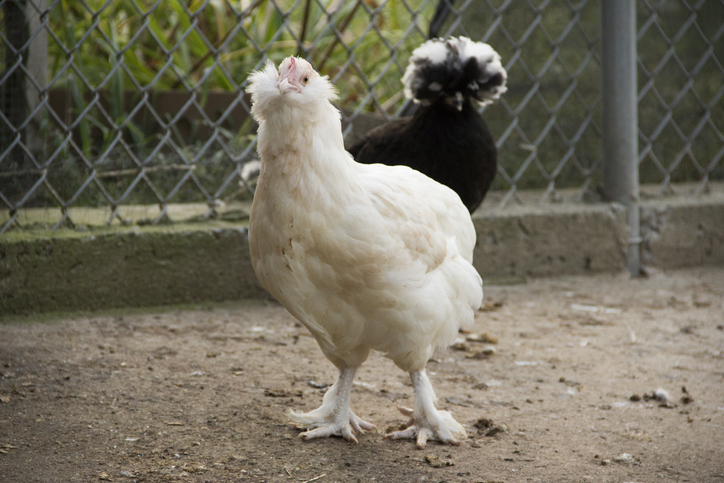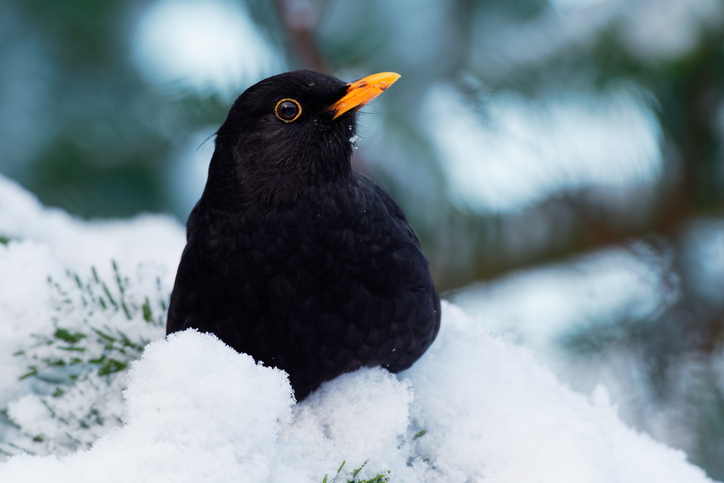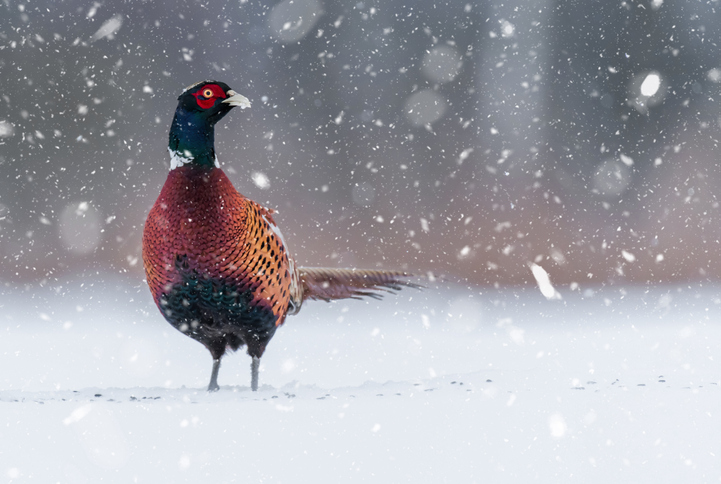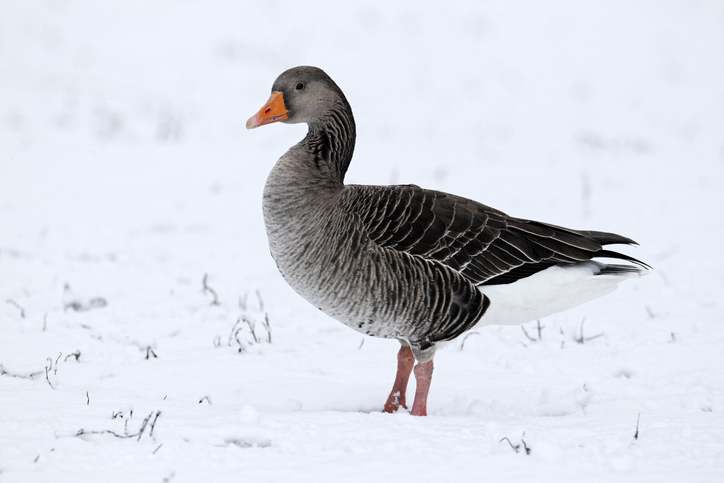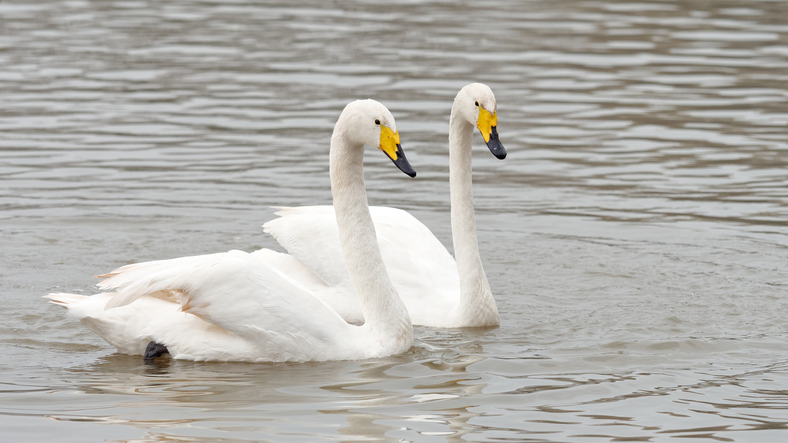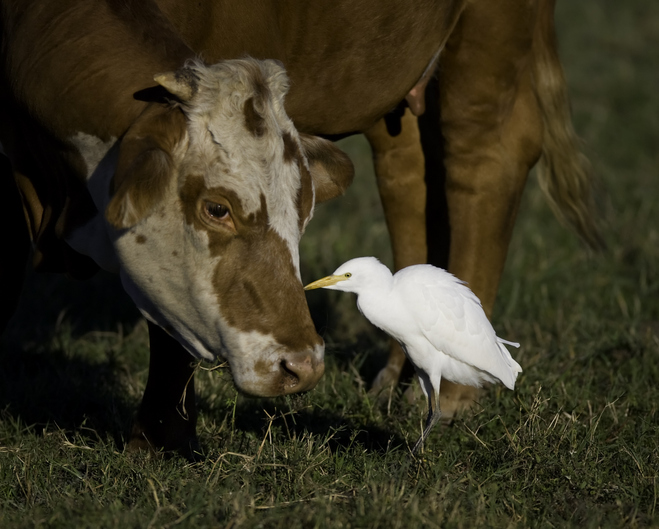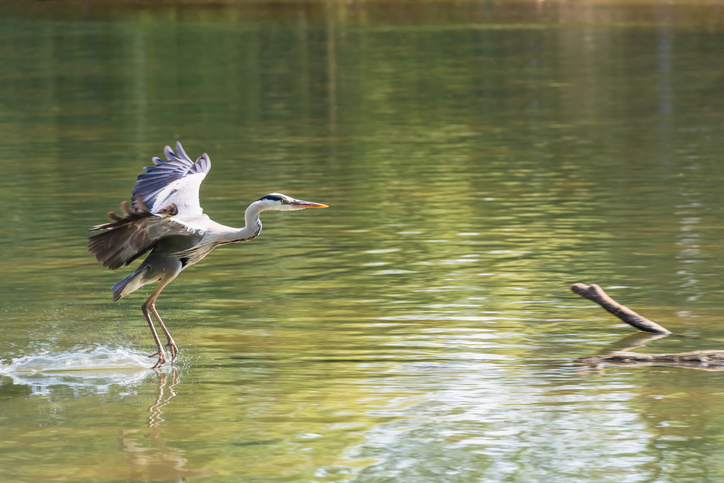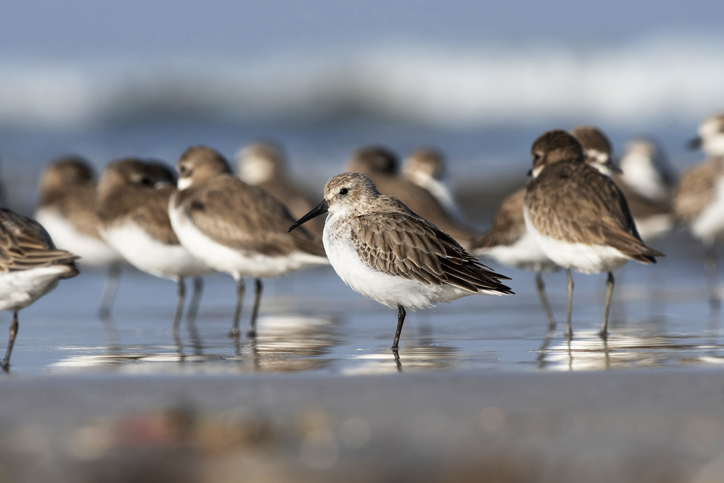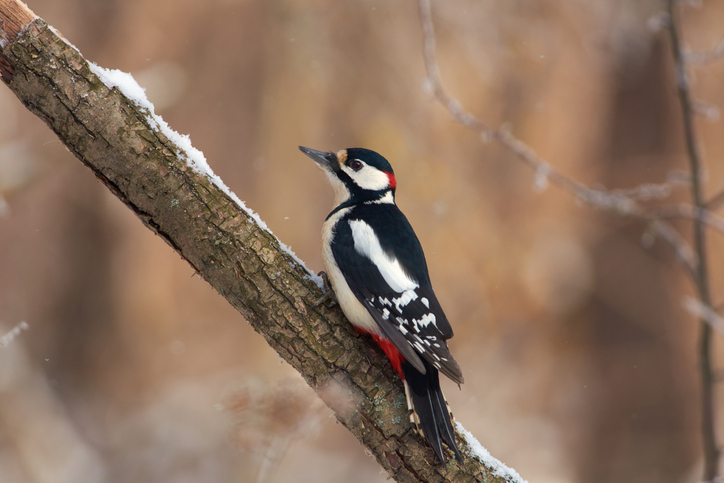‘The Twelve Days of Christmas’ is one of those carols that everybody knows and loves. After all, who can resist the joy of singing ‘5 Gold Rings’ at the top of their lungs? Not only is it a catchy Christmas carol, but it also features a lot of birds! From partridges to swans, we’ve got some facts about the feathered friends referenced in the song. As well as what birds some of the non-ornithological verses could have been referring to.
Partridge In A Pear Tree
A member of the pheasant family, the partridge referred to in ‘The Twelve Days of Christmas’ is most likely a grey partridge. However, partridges are ground-dwelling birds that feed on seed and insects, so what that particular one was doing sitting in a pear tree is a mystery!
Two Turtle Doves
A common summer visitor to the UK, turtle doves are slim with a long tail and intricately marked plumage with dusty pink on the head, underparts and neck. They also have a black and white striped collar on both sides, and a somewhat unmistakable scalloped pattern on the wings. Sadly, the UK’s only summer migrant pigeon species has seen a massive drop in numbers and now has red status.
Three French Hens
There are actually four well-known breeds of French hens: Faverolles, La Fleche, Crevecoeurs and Marans. Faverolles in particular have a tendency to lay more during the winter months, so would make an ideal gift for someone’s true love at Christmas!
Four Calling Birds
It might be your first guess to interpret ‘calling birds’ as song birds, however the original lyrics of the song refers to ‘Four Colly Birds’. The word ‘Colly’ means ‘black as coal or soot’, so it is most likely that the gift was actually four blackbirds.
Five Gold Rings
The gold rings referred to in the song aren’t jewellery as you might think, but actually refer to ring-necked birds. This is most likely common pheasants which were introduced to England from China in the medieval times.
Six Geese A-Laying
This verse most likely refers to the greylag goose, a native British bird and the ancestor to most domestic geese. The largest and bulkiest of the wild geese are native to the UK and Europe, and flocks of up to 140,000 overwintering geese can be found in Scotland during the festive period.
Seven Swans A-Swimming
Migrating from Iceland, whooper swans join the UK’s resident mute swans over the winter months. Announcing their arrival with loud, trumpeting calls, whooper swans come to the UK to feed on aquatic plants, grass and grain.
Eight Maids A-Milking
Cattle egrets are visiting the UK in increasing numbers, and we think they are an appropriate bird to represent the maids in this Christmas carol. Small, white birds with yellow or greyish legs and bright yellow beak, these birds tend to live near cattle as the cows’ hooves disturb invertebrate prey as they walk.
Nine Ladies Dancing
Many birds perform dancing routines during courtship rituals. Cormorants have a distinctive, bobbing stance when dancing which, when mixed with their habit of holding their wings out to dry, we think looks quite ladylike. The UK holds internationally important wintering numbers, so there’s a good chance there would have been a few around to give to a true love at Christmas!
Ten Lords A-Leaping
Tall, long-legged grey herons must first leap into the air in order to take flight, and are undoubtedly lord-like in their stature. The UK hosts around 63,000 overwintering herons, and they can be found standing statuesque in rivers up and down the country.
Eleven Pipers Piping
Small wading birds with contrasting brown upperparts and white underparts, sandpipers make a distinctive three note piping-cry as they take off in flight. In summer, the common sandpiper breeds along fast rivers and by lakes, lochs and reservoirs in Scotland, Wales, Northern Ireland and the north of England. In winter, they may be seen along the south coast.
Twelve Drummers Drumming
We think that the best contender for the carol’s drummer is the great spotted woodpecker. Spending most of their time perched on the side of a tree trunk, their presence is often announced by a loud call or their distinctive ‘drumming’ display.





